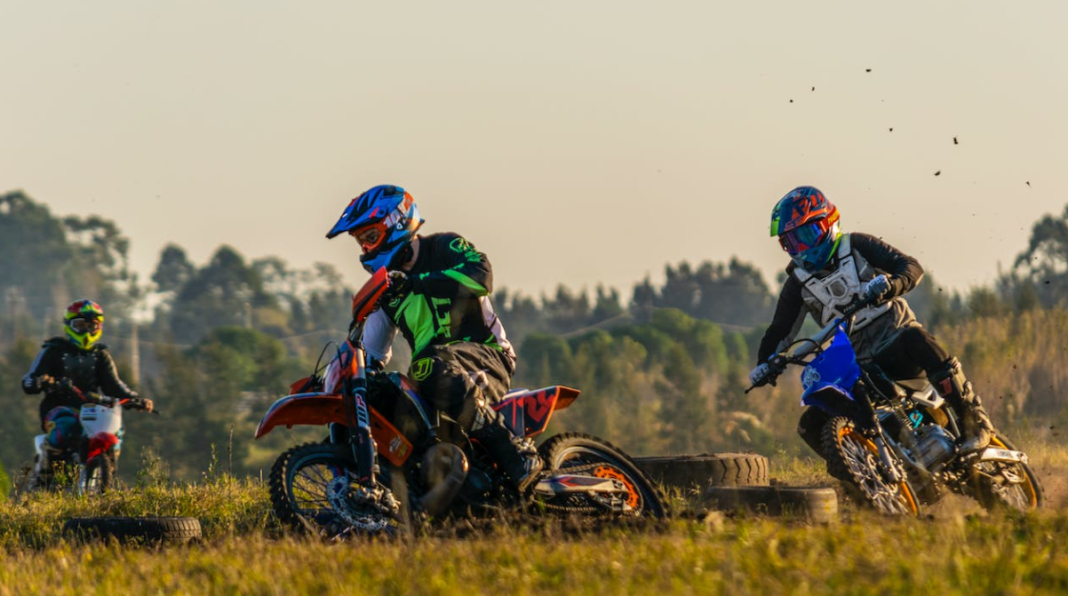Gravel racing is all the rage in cycling, but what are the best training strategies for beginners? Get ready for your first gravel race with the help of this comprehensive guide.
Sharp corners on loose stone require a different approach than the road technique. It’s important to stay light on the bar, look ahead and feather the front brake.
Endurance Training
Gravel bike racing and riding have exploded in popularity over the past few years. Whether you’re looking for a new challenge or want to ride in some scenic country settings, gravel events are the perfect option.
Incorporating a couple of gravel rides into your weekly training with Train to Ride will sharpen your skills and increase your endurance. These workouts should be intense and conversational so you can work on your bike handling, hydration, and nutrition skills.
These longer-duration efforts will help you prepare for the lower cadence grinding needed during gravel races. It’s also a great idea to practice these efforts while climbing and riding into a headwind to prepare for race day conditions.
Strength Training
Gravel riders can be rough on the body. Long days in the saddle, big climbs, and abrasive terrain can quickly break down even the most seasoned endurance athlete. Incorporating strength training into your training plan can mitigate these effects.
Beginners can start with simple exercises focusing on building essential strength, such as bodyweight or dumbbell exercises. Experts recommend performing one to three sets of 8 to 12 repetitions per exercise for beginner cyclists and allowing 48 hours between workout sessions.
Incorporating descending drills to practice skills like cornering, navigating obstacles, and controlling your bike through loose surfaces is also important. This is especially important for gravel races, including many descending on washboards, rutted farm paths, and rocky climbs.
Cross-Training
If you’re a beginner, it’s essential to slowly build up to a high level of physical activity. Increase the frequency, duration, and intensity of your workouts by no more than 10% each week.
Experienced gravel racers rarely sit – constantly moving their weight, shifting their hands, hovering their heads over the bars, and following a gravel bike training plan. This is all to be smooth, relaxed, and responsive to the terrain under them.
This type of skill training is a big reason why gravel races are so popular. It’s a great way to learn and improve bike handling skills, making you safer, faster, and more comfortable on technical terrain. For example, learning to ride over wet, muddy roots perpendicularly instead of diagonally helps your tires stay on them.
Speed Training
Once you have a solid base and are comfortable with long rides, it’s time to start including some speed training. These workouts are designed to boost your aerobic and anaerobic systems to provide the endurance and strength needed for gravel races.
Unlike smooth, hard roads that allow quick turns and rocking from side to side on the bike, gravel requires calm and gradual movements to avoid losing control. Speed training helps you learn to ride more smoothly out of the saddle and shift your weight where necessary for traction on the changing terrain.
While the frequency and length of your speed workouts depend on your experience level, beginners should avoid high-intensity interval sessions as they may increase your risk of injury. Instead, they can opt for short uphill repeats to build strength and speed simultaneously.
Racing
Gravel races require a different set of skills from road racing. Athletes must plan and carry enough fluid and food for the race and practice navigating rough, rocky, or sandy unpaved sections. Cornering is also an essential skill because gravel roads don’t offer the smooth, consistent turns that make road bikes able to turn quickly. Instead, rough terrain requires riders to move around the bike to stay stable and avoid crashing. In addition, eating and drinking can be more demanding on gravel because there are only sometimes convenient water or food stops. Proper fueling is crucial to prevent heat stress, bonking, and exhaustion. The appropriate training and a good race day fueling plan can make all the difference in the race’s outcome.










